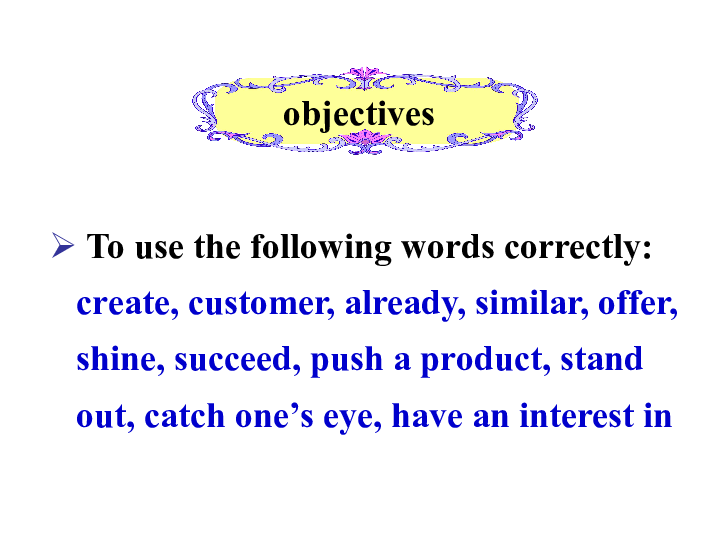How is Interest Calculated on a Loan: Understanding the Basics
Guide or Summary:Simple Interest CalculationCompound Interest CalculationEffective Annual Rate (EAR)Interest is a crucial component of any loan, representin……
Guide or Summary:
Interest is a crucial component of any loan, representing the cost of borrowing money. Understanding how interest is calculated is essential for anyone planning to take out a loan, whether it's for a car, a home, or education. In this article, we'll delve into the intricacies of interest calculation, covering the most common methods used by lenders and how they impact your overall loan cost.
Simple Interest Calculation
The simplest method of calculating interest is simple interest. This method applies a fixed interest rate to the principal amount borrowed over a specified period. The formula for simple interest is:
Interest = Principal x Rate x Time
Where:
- Principal is the initial amount borrowed.
- Rate is the annual interest rate expressed as a decimal.
- Time is the duration of the loan in years.
For example, if you borrow $10,000 at an annual interest rate of 5% over three years, the simple interest would be calculated as follows:
Interest = $10,000 x 0.05 x 3 = $1,500
Compound Interest Calculation
Compound interest is more complex than simple interest, as it involves applying interest not only to the principal amount but also to the accumulated interest from previous periods. This method results in a higher overall interest cost because interest is earned on interest.
The formula for compound interest is:

A = P(1 + r/n)^(nt)
- A is the amount of money accumulated after n years, including interest.
- P is the principal amount.
- r is the annual interest rate (decimal).
- n is the number of times that interest is compounded per year.
- t is the time the money is invested for, in years.
For instance, if you invest $5,000 at an annual interest rate of 6% compounded monthly for five years, the compound interest would be calculated as follows:
A = $5,000(1 + 0.06/12)^(12*5)
A = $5,000(1.005)^60

A = $5,000 x 1.338
A = $6,690
The total amount accumulated after five years, including interest, would be $6,690.
Effective Annual Rate (EAR)
The effective annual rate (EAR) is the annual rate that reflects the true cost of borrowing money when interest is compounded more frequently than annually. It takes into account the number of compounding periods per year and provides a more accurate picture of the total interest paid over the life of the loan.
The formula for EAR is:
EAR = (1 + r/n)^(nt) - 1
- EAR is the effective annual rate.
- r is the nominal annual interest rate.
- n is the number of compounding periods per year.

For example, if you have a nominal annual interest rate of 6% compounded monthly, the EAR would be calculated as follows:
EAR = (1 + 0.06/12)^(12*1) - 1
EAR = (1 + 0.005)^12 - 1
EAR = 1.06167 - 1
EAR = 0.06167 or 6.167%
This means that the effective annual rate is slightly higher than the nominal annual interest rate, reflecting the impact of compounding.
Understanding how interest is calculated on a loan is crucial for making informed financial decisions. Simple interest and compound interest are the two primary methods used by lenders, with compound interest resulting in a higher overall interest cost. The effective annual rate (EAR) provides a more accurate picture of the true cost of borrowing money when interest is compounded more frequently than annually. By familiarizing yourself with these concepts, you can better navigate the complex world of loans and make informed choices that align with your financial goals.